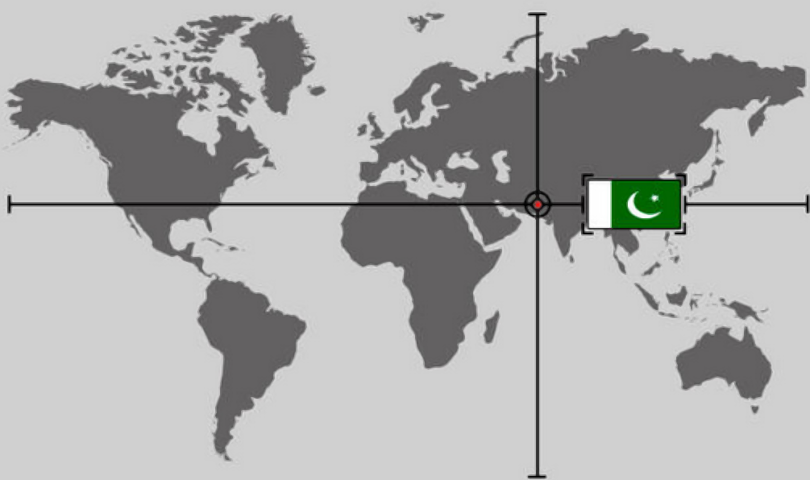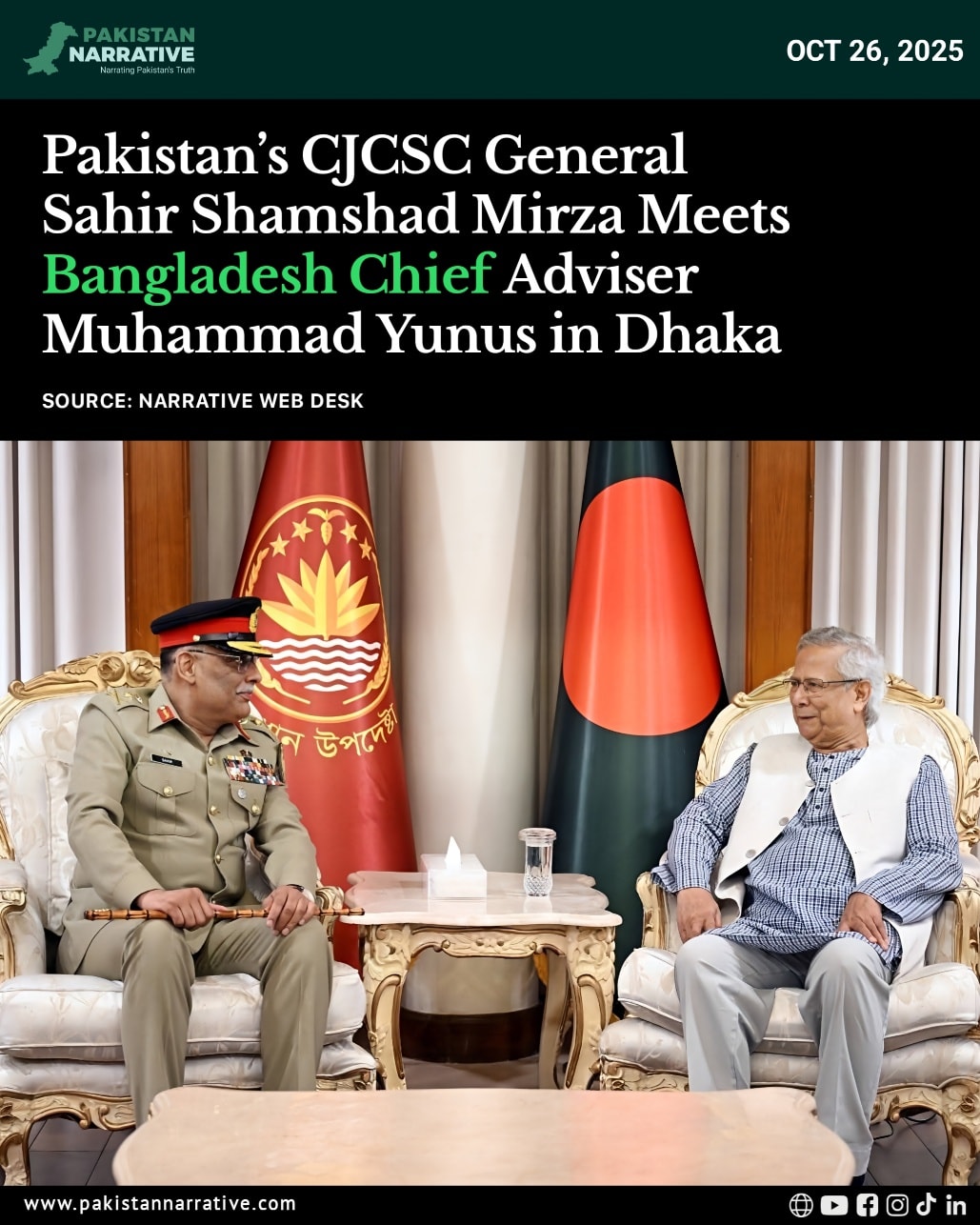ISLAMABAD: Tremors were felt in several parts of Khyber Pakhtunkhwa and Islamabad on Tuesday evening after a magnitude 5.5 earthquake struck with its epicentre in Afghanistan.
Strong jolts were reported in Peshawar, Khyber, Mohmand, Abbottabad and Mansehra, prompting residents to rush out of homes and offices in panic.
According to the national seismic monitoring centre, the quake occurred at a depth of 12 kilometres. No immediate reports of casualties or structural damage were received from Pakistan.
The tremors came as Afghanistan reeled from a 6.0-magnitude earthquake that struck around midnight on Sunday, killing more than 1,400 people and injuring over 3,100.
The Taliban administration on Tuesday said the confirmed death toll had climbed to 1,411, with 3,124 injured and more than 5,400 houses destroyed, mostly in mountainous eastern provinces.
Rescue efforts have been hampered by remote terrain and bad weather, particularly in Kunar and Nangarhar, where mud-and-brick homes collapsed, leaving many trapped under rubble.
Provincial disaster management officials said operations were under way in four badly affected villages of Kunar, with a focus on clearing debris and opening narrow mountain roads for rescue vehicles. Helicopters were also used to deliver aid and transport the injured to hospitals.
“We cannot accurately predict how many bodies might still be trapped under the rubble,” said Ehsanullah Ehsan, Kunar’s disaster management chief. “Our priority is to complete rescue operations swiftly and start distributing aid to families.”
Read More: 25 Afghan Passports Seized in Torkham, One Suspect Arrested
The Afghan Red Crescent Society and the United Nations warned the toll was likely to rise further, with thousands of children among those at risk.
The tremors in Pakistan reignited public anxiety, with many residents searching online for “earthquake near me” soon after the jolts. The heightened vigilance reflects fears following the devastating Afghan quake.
Afghanistan, particularly the Hindu Kush region where the Indian and Eurasian tectonic plates meet, remains highly vulnerable to powerful earthquakes.





